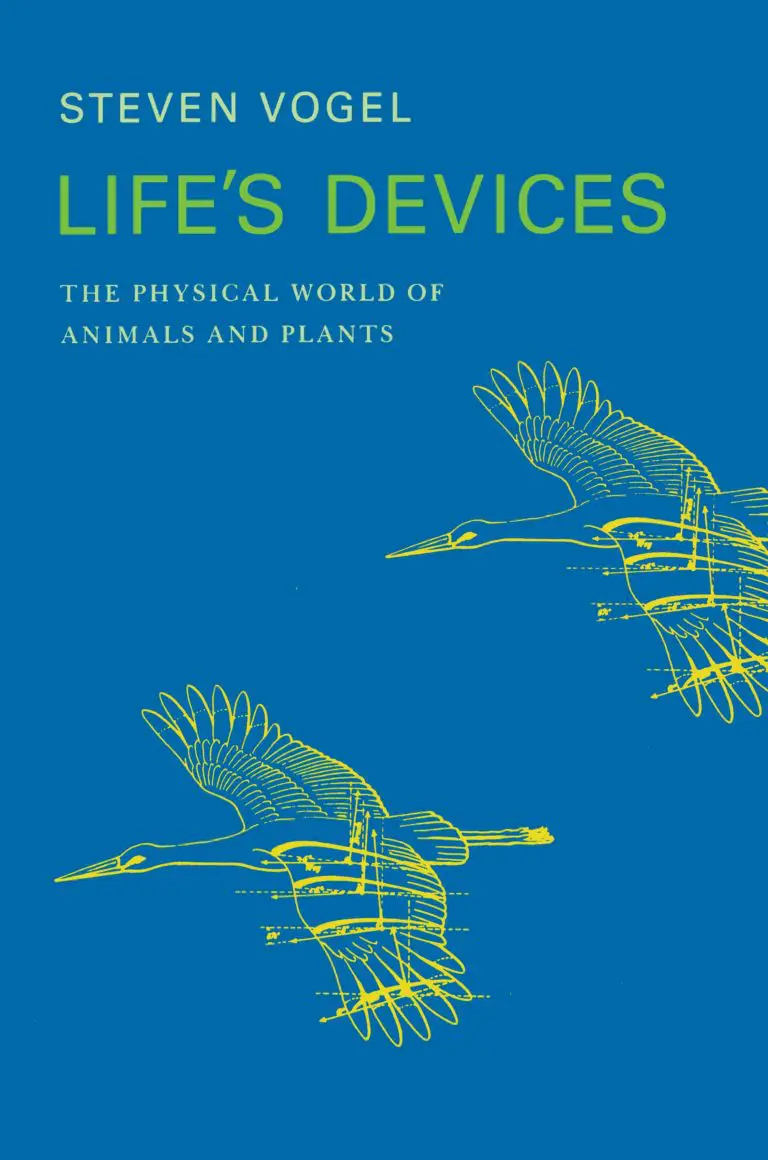In “Life’s Devices: The Physical World of Animals and Plants,” Steven Vogel presents an engrossing exploration into the realm where biology meets physics. The book serves as a bridge between the non-biological reality that surrounds us and the living organisms that inhabit it, engaging readers with the fascinating ways in which plants and animals have adapted to their environments. Vogel’s ambitious goal is to fundamentally alter our perception of the natural world, encouraging a deeper understanding and appreciation for the sophisticated designs observed in nature.
Life’s Devices adeptly describes the intricate relationship between the physical world and the biological adaptations that enable survival and efficiency among flora and fauna. From explaining why fish swim more rapidly than ducks paddle to unraveling the mystery of how sharks support their bodies with relatively flimsy skeletons, Vogel invites readers into a captivating dialogue about the wonders of biomechanics. His comparison between the reasons behind trees uprooting rather than breaking, and the remarkable ability of a mouse to survive falls from virtually any height, illuminates the extraordinary and often overlooked feats of engineering accomplished.
What sets this book apart is not just its comprehensive coverage of both animal and plant life, with examples spanning every major group, but also its accessibility to readers without a deep background in science. Vogel’s writing is clear, playful, and imbued with a sense of wonder that is infectious. The inclusion of illustrative problems and suggestions for simple experiments using common household materials further demystifies the subject matter, making the principles of biomechanics relevant and engaging for the lay reader.
“Life’s Devices: The Physical World of Animals and Plants” excels as both an educational resource and a source of entertainment. Its approach is grounded in scientific rigor yet suffused with a narrative quality that beckons the curious mind. For professionals in the fields of biology, physics, and engineering, the book offers insightful references to recent work in the field of biomechanics. Yet, its appeal is not limited to the academic audience alone. Anyone with an interest in the natural world will find this book a treasure trove of insights, inviting them to look at the familiar environs with newfound intrigue and respect.
Vogel’s assertion that physical factors form both constraints and opportunities for evolutionary processes provides a compelling lens through which to view life on Earth. This perspective not only enriches our understanding of the mechanics underpinning the natural world but also highlights the creativity inherent in nature’s solutions to survival challenges.
In conclusion, “Life’s Devices: The Physical World of Animals and Plants” by Steven Vogel is a masterful work that transcends the boundaries between disciplines. It is a testament to the author’s ability to convey complex scientific concepts in an accessible and engaging manner. Vogel has indeed achieved his “immodest aim” of changing how we view our immediate surroundings, inviting readers to wonder, explore, and appreciate the physical ingenuity of life’s devices.
















